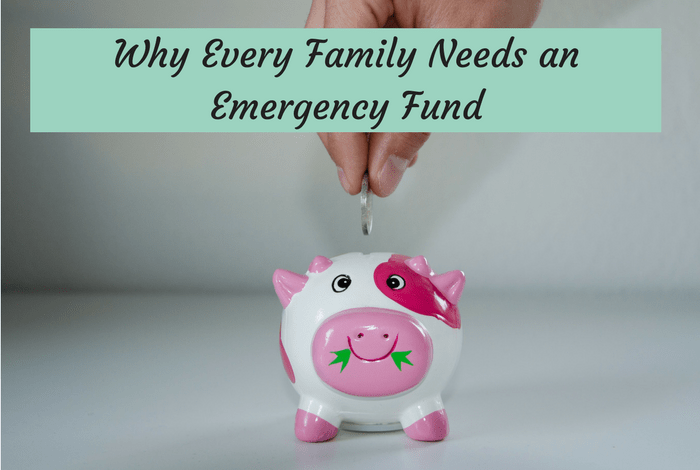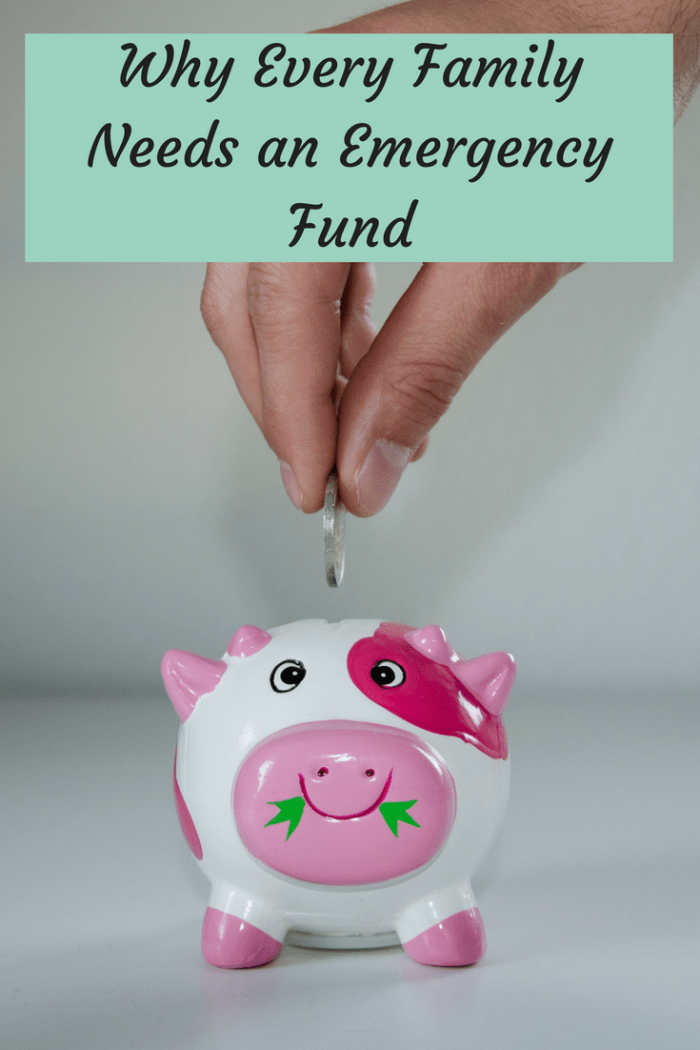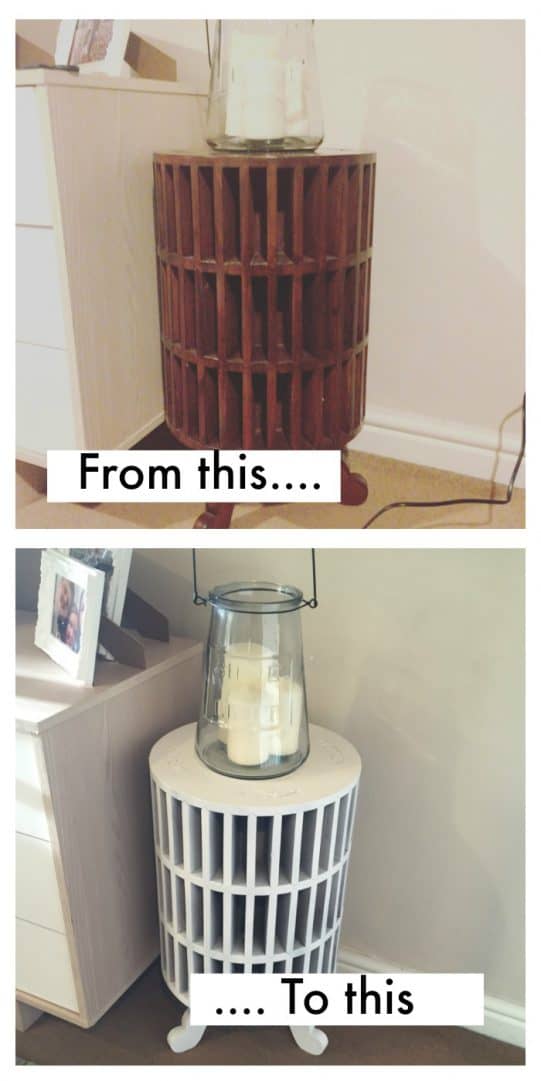I’m determined that this year is finally going to be the year that I work towards creating an emergency fund for my family.

It’s so important to learn how you can save up while still paying bills so that when an emergency strikes you are not in a complete financial crisis – I know that sounds super grown up but I’ve decided that this is going to be the year that we finally get ourselves a bit of money set aside for emergencies.
It’s something I’ve been thinking about for a good while now because I know that we really need to have some money set aside in case we’re ever in a situation where we need to use it. You might think that you’ll jus cope if ever the situation arises and yes, you probably could. But a lot of people couldn’t cope with an unexpected cost or change in circumstances, would you have enough money set aside to use in the following circumstances:
- What if you fall unwell or get hurt and find yourself on reduced pay and even worse, completely without pay or unemployment benefits.
- Are you prepared for repair costs if your car breaks down? What if your washing machine chose that week to die as well?
- I know this is unlikely for most of us but could you afford the aftermath of a natural emergency such as a weather disaster that could destroy your home?
I’m pretty sure that you’ll feel more confident knowing that you have an emergency fund that you set some money aside in because you will know you’re prepared for almost anything – I know I will.
While knowing why every family needs an emergency fund makes sense to the average person, it’s not always easy for us to find ways to set money aside. The best way to get your family on board and the household ready to start creating this emergency fund is to follow these steps:
- Create a Budget – take time to review income and expenses for your household. Take the time to reduce expenses in any possible way so that you are left with a positive financial figure after paying the bills.
- Set a Little Aside – while creating a budget may be time-consuming, it’s to help with this next step in saving for an emergency fund. Figure out how much you can set aside each week into this emergency fund and be consistent about doing it.
- Set a Goal – I’m aiming for at least the equivalent to 3 months salary in the bank with the long term goal of 6 months and I know that’s going to take me a while to achieve. I recommend setting a goal that you will have a specific amount in your emergency fund by a specific date and working hard to achieve that goal.
Set yourself a goal and be consistent in putting a specific amount every week or month into this fund. Watch as it grows within the year and you soon feel more confident that your family will be okay during an emergency situation.
Don’t miss out on future posts like this – receive updates directly to your inbox by email by adding your email address here and hitting subscribe. You can also follow me on Twitter, BlogLovin or Networked Blogs and I’d love to see you over on my Facebook page and on Instagram










